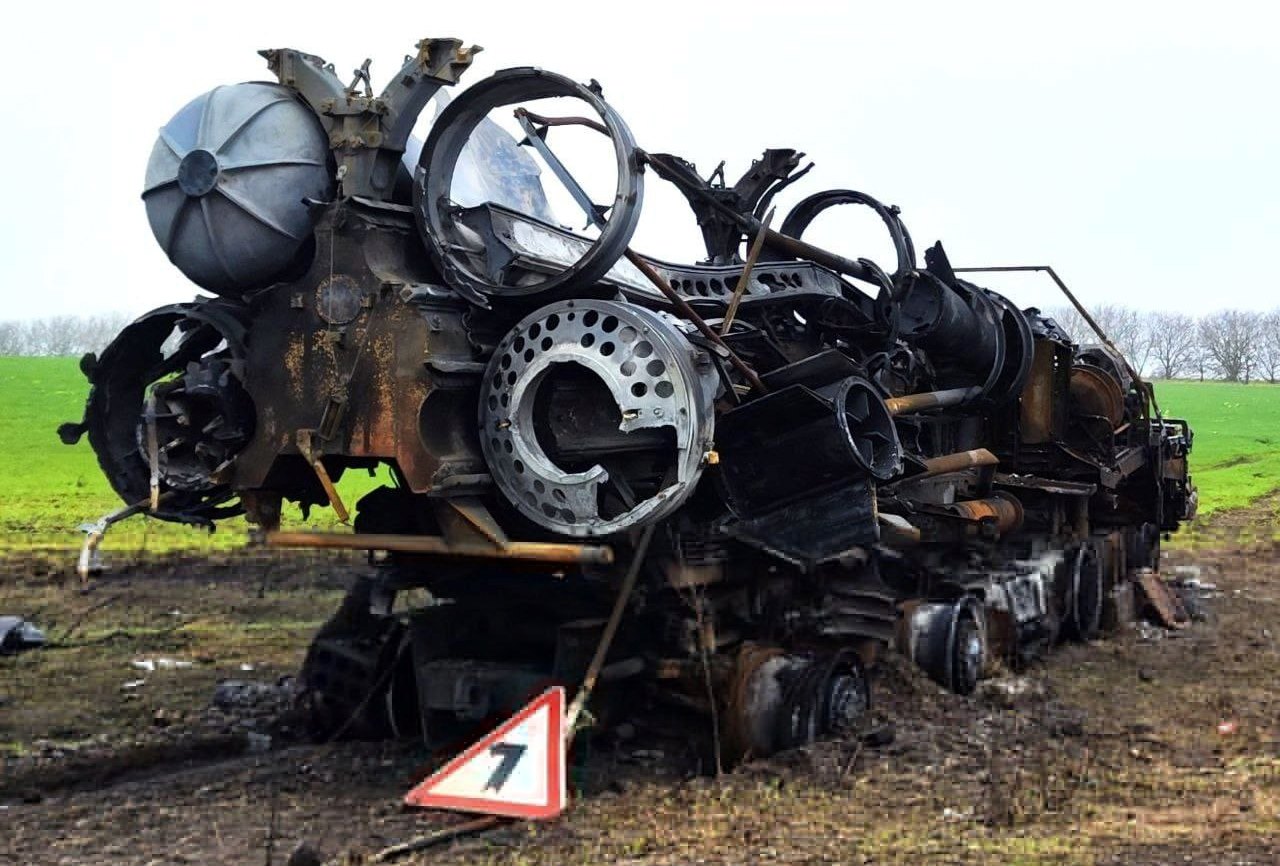Ukrainian forces are ramping up efforts to degrade Russian air defense systems in anticipation of receiving F-16 fighter jets later this year, according to the latest analysis by the Institute for the Study of War (ISW). The June 12 report from the US-based think tank highlights Ukraine's strategic campaign to weaken Russian defenses, potentially allowing for more effective use of manned fixed-wing aircraft in the ongoing conflict.
The assessment details recent Ukrainian military actions targeting critical Russian air defense installations. On the night of June 11-12, Ukrainian forces successfully struck an S-300 air defense battery and two S-400 batteries near the occupied areas of Belbek and Sevastopol in Crimea. Geolocated images released on June 12 confirm the damage, including the destruction of an S-400 radar system south of occupied Dzhankoi and damaged S-300 assets north of occupied Yevpatoria. These strikes support earlier reports from Ukraine’s General Staff about successful attacks on Russian air defense assets.
Kostiantyn Nemichev, founder of the Kraken Regiment of Defense Intelligence of Ukraine (DIU), confirmed on June 12 that Ukrainian forces used HIMARS to destroy four Russian S-300 systems in Belgorod Oblast. Although Nemichev did not specify the exact dates, this action caused Russia to redeploy air defense assets from Crimea to Belgorod Oblast in early June 2024, reducing air defense coverage around Crimea.
Additionally, DIU spokesperson Andrii Yusov corrected earlier reports about drone strikes on the Akhtubinsk air base in Astrakhan Oblast, clarifying on June 12 that two Russian Su-57 fighter aircraft were damaged between June 7-8, not just one as initially reported. The S-300/S-400 air defense systems and Su-57 fighters are crucial for Russia’s efforts to restrict Ukrainian air operations and support its offensive activities in Ukraine.
The ISW assessment suggests these Ukrainian strikes are part of a broader strategy to weaken Russian air defenses before the planned delivery of F-16 fighter jets to Ukraine, expected to start in small quantities during the summer and fall of 2024. The report states, “Ukrainian forces may seek to actively degrade Russian air defenses before Ukraine receives a significant number of aircraft in order to set conditions for Ukraine’s future use of manned fixed-wing airpower closer to frontline areas.”
ISW believes that successful weakening of Russian air defenses, combined with sufficient fighter jets and trained pilots, could enable Ukraine to integrate fixed-wing aircraft more effectively to support ground forces.
Challenges for Ukraine Belgium, Denmark, the Netherlands, and Norway have pledged to supply Ukraine with over 80 US-made F-16 fighter jets to strengthen its defense against Russian attacks. The addition of these F-16s will significantly enhance Ukraine’s air-to-air and air-to-ground capabilities. However, the war has shown that no single platform, even one as capable as the F-16, can single-handedly secure victory for Ukraine. The critical factor will be how these aircraft are integrated into a broader combat strategy.
Experts have noted that Ukrainian pilots who are not well-versed in proper tactics for using these advanced fighters will not fully benefit from the capabilities of a fourth-generation aircraft. Retired US Air Force Brigadier General John Teichert explained that the US approach to deploying new weapons involves extensive education, training, and combat exercises to ensure proficiency. While Ukrainian pilots are being trained to operate these fighters, achieving the same level of proficiency as American aviators in the near term will be nearly impossible.
Moreover, the issue of pilot training has recently come to the forefront. Western officials have indicated that Ukraine will continue to face material and training constraints, likely preventing it from utilizing fixed-wing airpower on a large scale in 2024. Both Ukrainian and Western officials have stated that it will take considerable time to adequately train enough Ukrainian pilots and equip Ukrainian forces with the approximately 150 F-16s needed to achieve air superiority to support ground operations.
Yet, Ukrainian officials have outlined their plans to use F-16s and other fixed-wing aircraft to limit Russian aviation activities. Ukrainian Air Force Spokesperson Ilya Yevlash mentioned that just two F-16 squadrons, roughly 18 aircraft, could significantly impact the situation in Ukrainian airspace.
The ISW noted, “These restraints should not fundamentally constrain Ukraine’s ability to leverage airpower at scale in the long run, however, should Ukraine’s Western partners lean into supporting Ukraine’s air domain and deep strike capabilities.”

No comments:
Post a Comment